Soviet Cold War Naval Aviation
 Morskaya Aviatsiya - Circa 3,500 aicraft and helicopters (1947-2024)
Morskaya Aviatsiya - Circa 3,500 aicraft and helicopters (1947-2024)
It aso provided the long arm Naval Strike Capability: With long range strategic bombers aircraft capable of conducting precision strikes against enemy surface ships, installations, and land targets. This capability was particularly relevant during conflicts such as the Soviet-Afghan War.
Helicopter and Aircraft Carriers at least appeared in time. Cruisers already (and later destroyers) operated helicopters, but it's the 1960s Moskva class cruisers that really opened the ball. These specialized cruiser/helicopter carriers hybrid were the largest in the world and provided to the fleet an unprecedented level of ASW coverage, while being able to provide amphibious airbone capabilitoes as well.

Unlike the USN, the Soviet Union developed aircraft carriers that were essentiallmy hybrids, such as the massive Kiev class "heavy cruisers" which were essentually hybrids with a transverse landing deck for VTOL and helicopter, before starting the ambitious Admiral Kuznetsov-class carriers just before the collapse of the Soviet union. The latter, unlike the Kievs are still in service with the Russian Federation Navy today. In any cases, they extended the reach and capabilities of Soviet Naval Aviation like never before.
The Post-Cold War Era saw a rapid fall in numbers and capabilities, through the dissolution of the Soviet Union in 1991, and naval aviation underwent significant changes. The Russian Navy inherited much of its equipment and assets, but budgetary constraints and shifting strategic priorities led to a reduction in its size and capabilities. However Russia has made efforts to modernize its naval aviation capabilities. This includes the development and acquisition of new aircraft, upgrades to existing platforms, and improvements in training and tactics to maintain a credible maritime defense posture.

USSR Pr1143.4 Super Carrier - Admiral Lazarev project.
Lessons of WW2

It's clear that WW2 or the great patriotic war as called in Russia today, had some influence on future developments about naval aviation, a brand that existed since 1912 in Tsarist times (see WW1 born as the Imperial Russian Air Service, was still found useful enough t take part, mostly from rivers, in the civil war by 1918-21, and was developed modestly but surely in the interwar as a small, competent force mixing land planes (not surprising from a land continent) and floatplanes, having desires for aircraft carriers but never building a single one. Unlike Germany or Italy which mostly refused to grant a separate naval air arm from the Luftwaffe and Regia Aeronautica respectively, the Morskaya Aviatsiya was seen as a separate branch from the VVS (regular air force), yet still was forced to adopt land based models, and some floatplanes and derivatives. Albeit officially formed as a separate branch in 1931, it was not as lucky as the USN/USMC naval branches or more so, the IJNA, which could choose its whole separate tree of models (from trainers to heavy bombers through fighters and everything in between) at its leisure, separate from Army models.
The second world war saw the use a few on-board catapulted models on cruisers and the only two battleships still in service, but Operation Barabarossa mostly decided of its fate. The Baltic, Northern and Black Sea fleet fell prey to the Luftwaffe and whatever assets survived took part mostly to land operation support. So did the Morskaya Aviatsiya, patrolling against axis ships over the Baltic or black sea, operating from riverine bases, used for reconnaissance and supply during ground operations. Those land-based were all thrown into the furnace of combat in classic land operations with the VVS, as did naval infantry units with the Army. This did not meant it was completely useless for naval operations: Oustide reconnaissance, they played offensive roles, including bombing, mining and anti-ship missions, especially over the black sea, which had clear seas and pristine weather most of the year. But burdened by a war on its own soil that mobilized all its resources, the Soviet Naval Aviation could certanly not expand and project power as some in the naval staff had hoped for in 1939-40. These projects were basically postponed to the postwar era.
Goals of the Soviet Naval Aviation
Protect the Soviet maritime strategic deterrent (SSBNs) and coastal bastions, while contesting NATO freedom of maneuver at sea. Naval aviation was a tool for both defense (ASW, reconnaissance, fleet protection) and offense (maritime strike against carrier battle groups and convoys).Deny NATO sea control through layered, coordinated systems: long-range land-based strike aircraft, shipborne and naval-air anti-ship missiles, maritime patrol aircraft and helicopters for ASW, plus electronic warfare and reconnaissance to produce a combined anti-access/area-denial (A2/AD) effect.
Roles & mission sets
Anti-submarine warfare (ASW) — primary peacetime and wartime mission in many fleets. Land-based Il-38s and Ka-27/Ka-25 helicopters + shipborne systems formed an ASW “web” to detect, track and, if necessary, prosecute NATO SSNs threatening Soviet SSBN bastions. Sensor integration (dipping sonar, MAD, sonobuoys, radar) was emphasized.Anti-surface warfare (ASuW) / Maritime strike — Tu-16/Tu-22M (Backfire) strike aircraft and missile-armed surface ships/aircraft were prepared to attack carrier battle groups and convoys with cruise/anti-ship missiles; doctrine favored standoff missile attacks and saturation tactics rather than classic carrier vs carrier air battles.
Fleet reconnaissance & maritime surveillance — long-range patrol aircraft and maritime radars provided targeting and battle management data for strikes and ASW.
Shipborne/harbor protection & mine warfare — naval aviation carried mines and mine-countermeasure sensors or supported minelaying to interdict SLOCs.
Search & Rescue (SAR), logistics and amphibious support — amphibious-capable helicopters (e.g., for rescuing downed aviators and recovering sailors), plus helicopter transport for small landing operations.
Organization & command
Naval Aviation was an integral branch of the Soviet Navy, not subordinate to the Air Force — this produced dedicated naval regiments, training and doctrine closely tied to fleet commanders and fleet plans. Aircraft types and units were assigned to fleets (Northern, Baltic, Black Sea, Pacific) and tailored to local missions (bastion defense vs blue-water operations).Tactics & operational concepts
Layering and integration: Doctrine stressed multi-sensor, multi-platform integration: land-based aircraft to provide long-range strike/overwatch; helicopters for local ASW and shipboard operations; ships and subs doing prosecution.Standoff missile warfare: Rather than emulate US carrier strike doctrine, Soviets emphasized missile-armed aircraft (and missile ships/subs) capable of striking carriers from range; heli/MPA vectored attacks would help reach and localize targets.
Bastion defense: For protecting ballistic missile submarines, naval aviation concentrated ASW resources (aircraft, helicopters, sensors) to make protected zones where NATO subs would be detected and engaged.
Platforms that embodied doctrine
ASW/patrol: Il-38, Tu-142 (long range), Ka-25/Ka-27 helicopters (dipping sonar, ASW weapons).Strike: Tu-16 Badger, Tu-22M Backfire (maritime strike role with anti-ship missiles).
Carrier/ship aviation: Moskva/Kiev/Kuznetsov classes — Soviet practice favored “aircraft-carrying cruisers” (hybrid ships with heavy anti-ship missiles plus fixed-wing/heli air groups) rather than US-style power-projection carriers. That reflected doctrine: aviation to augment missile/ASW capability, not to build U.S. style carrier strike groups.
Doctrine evolution & constraints
1950s–1960s: focus on coastal defense, ASW and convoy/interdiction threats.1970s–1980s: emphasis shifted to more ambitious blue-water capabilities (longer-range maritime strike with Backfire, bigger carriers projects), but political/industrial limits and different strategic priorities meant Soviet naval aviation never became a U.S.-style carrier air arm.
Limitations: technological constraints (radar, datalinks), logistical reach, and a doctrine that subordinated air operations to fleet anti-ship/ASW priorities limited independent naval air power projection.
This doctrine treated U.S. carrier battle groups as the principal surface threat to be neutralized by a combination of SSGN/SSN attacks, land-based maritime strike aircraft, fast missile ships/cruisers and aviation—not by matching U.S. carrier airwing composition. Planning for coordinated missile strikes and ASW suppression was central.
Articles list
Soviet Naval Air Force- Kamov Ka-10 Hat
- Kamov Ka-15 Hen
- Kamov Ka-18 Hog
- Kamov Ka-25 Hormone
- Kamov Ka-27 Helix
- Mil Mi-14 Haze
- Mil Mi-4 Hound
- Yakovlev Yak-38
- Sukhoi Su-17
- Sukhoi Su-24
- Ilyushin Il-28 Beagle
- Myasishchev M-4 Bison
- Tupolev Tu-14 Bosun
- Tupolev Tu-142
- Ilyushin Il-38
- Tupolev Tu-16
- Antonov An-12
- Tupolev Tu-22
- Tupolev Tu-95
- Tupolev Tu-22M
- Tupolev Tu-16
- Tupolev Tu-22
- Beriev Be-6 Madge
- Beriev Be-10 Mallow
- Beriev Be-12
- Lun class Ekranoplanes
- A90 Orlan Ekranoplanes
Soviet Naval Aviation
Early Jets developments in the USSR
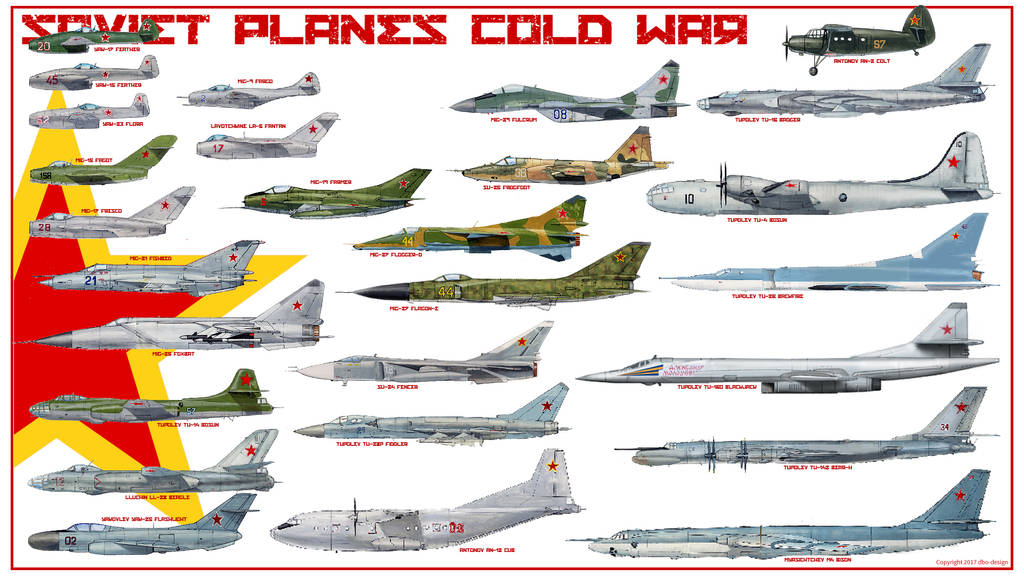
This story should required several volumes as it's thick and amazing in scope and in detail. Long story short, the Soviet Air Force capitalized in its war experiences and mass-production products of WW2 to defined some of its priorities, but integrated Western technologies in both ends of the spectrum to access the next level in the immediate post-war technological race for better planes;
First, the same operation the Americans set in plane in 1945 (Operation Paperclip) occurred in the freed territories by the Red Army: Documents, models, prototypes, everything that was related to German research, and most importantly German scientists and engineers, were smuggled to the East. Spies also were part of rapid Soviet progresses: Famous British spiy Kim Filby passed some valuable informations and the British Rolls-Royce Nene was just shared to the Soviets in the open, at the astonishment of Stalin himself, by the new Labor government.
Comprehensively copied they formed the Klimov RD-45 that propelled the MIG-15, the best fighter jet of its era. Bomber-wise, that's a single off-course B-29 in a routine mission over Japan that was intercepted over Soviet territory, forced to land and while the crew was released, the place was not. It was comprehensively reversed-engineered and became later the Tupolev Tu-4 "Bull", the first Soviet long range modern heavy bomber, capable of carrying the Atomic bomb when it became available. Following Soviet bombers owe more to local engineering however, but this prize allowed to take shortcuts.
Back to the origins: The BI story
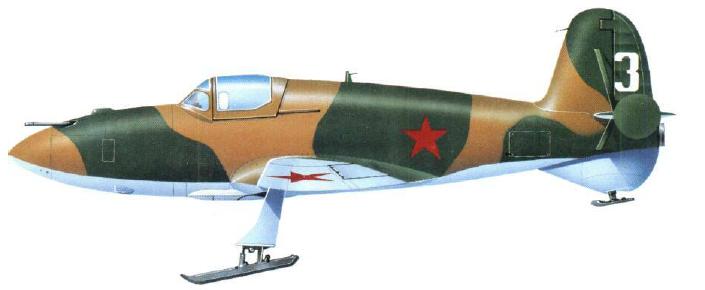
Soviet aviation already had a peak into jets with the wartime Bereznyak-Isayev BI-1, which first flew in May 1942 and was derived from the unmanned Korolev's RP-318-1 rocket aircraft which flew in 1940. The head of OKB-293, Viktor Fedorovich Bolkhovitinov attended the TsAGI conference on ramjet and rocket propulsion along with two of his top engineers, A. Ya. Bereznyak and A. M. Isaev, which were later tasked to work on a new prototype based on Korolev's engine. This was basically still a rocket aircraft, but with compressed air to force the propellant into the reaction chamber; The invasion of USSR put the program to a new level of emergency, and in this summer, project-G team and Andrey Kostikov the head of RNII sent a letter to Stalin and were answered back to have a prototype in 35 days. "BI" meant Blizhnii Istrebitel (close-range fighter).
This small, low-wing monoplane was to be armed with a pair of 20 mm (0.79 in) ShVAK cannon. The skin was plywood bonded with fabric cover, and the chemical propellant tanks were made of high-strength chromium-manganese-silicon steel pressured to 60 bar. The new plane was given test flights in the Urals. There were mild accidents but in January 1943 the BI-2 reached the speed of 675 km/h (364 kn; 419 mph) and the landing gear was switched from wheels to skis. The BI-3 reached an altitude of 4000 m (130000 ft) while the BI-4 was supposed to be the template, armed, for pre-production by Andrey Moskalev's factory. In March there was a new accident, fatal of a BI-1. It was estimated the plane was pushed in the treshold of 800 kph or beyond.
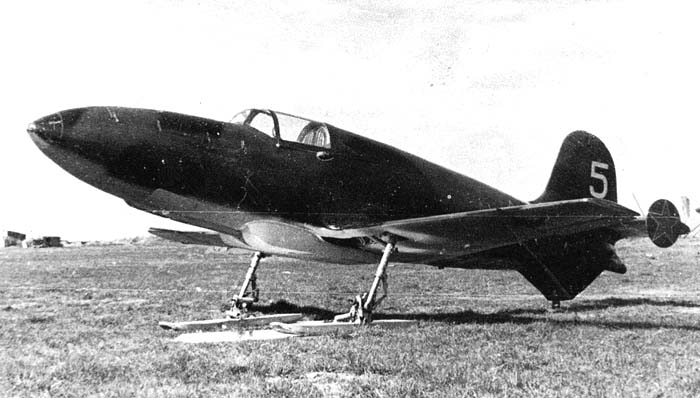
Studies went on by the team, back in Moskow, on the BI-5 and BI-6 in 1944. DM-4 ramjet engines were tested as well as a D-1-A-1100 engine. The BI-7 with the new RD-1 engine January 24 and March 9, 1945. But by that time the way forward was now shown by turbojets that used air, allowing much longer ranges, and the rocket plane program was abandoned. But the experienced team of Bolkhovitinov design bureau became prominent on the development of Soviet space industry and missiles afterwards.
Soviet jets propulsion in WW2
Using jet propulsion was not new for Soviet engineers. In the interwar already, various systems were used to boost some plane's speed, in particular fighters, as a complement to their piston engine. In particular the Polikarpov I-152/153 tested various statoreactors like the DM2 and larger DM-4. These were the only known biplanes to have ever used an auxiliary jet propulsion, an interesting and odd shortcut in technologies.This was only possible because of the extreme sturdiness of these planes, entirely metallic and built "like a tank" -a feature that is still characteristic, in a caricatural way for NATO pilots. Extreme resilience and low technology. In fact jet propulsion went back to the Tsarist Russian mathematician and multi-disciplinary, visionary engineer Konstantin Tsiolkovski, the fundation of GDL lab at Leningrad (first tests of jet prop. by V.P. Glouchko in 1928), and the GIRD (F.A.Tsander) an institute for the development and study of reaction propulsion.
Fusion will create the RNII in 1932, allowing the emergence of a new generation of scientists like Korolev and Tikhonravrov, with the blessing of Marshal Toukhatchevski. Financing came in 1933, and new engines were created and tested. This led to an interesting plane, the BiTCh-11, a flying wing that was to be propelled by Tsander's OR-2 rocket, but never flew other than as a glider. It was reminiscent of the Me 163 Komet made by Lippisch and Messerschmitt during ww2.
Tsander passed out in 1933 (Typhus) replaced by L. Korneev, but more rockets are tested. In 1933 Korolev and ChtChetinkov created an ambitious two-seat cantilever rocket-propelled monoplane called RP-218, which stayed as a paper project. In the mid-1930s they promoted another project, the Raketonplan 318, a towed rocket plane capable of 1000 kph. However in 1937-38 Stalin's purges severed the team (including Glouchko) and later even Korolev was sent to the Gulag for ten years.
Modified, the RP-318 was tested in February 1940. Meanwhile Loulka, assisted by Chtcherbakov and Kozlov created the RD-1, a compressed, eight-stage reaction propeller, but studies were cut short by the great relocation of all factories, bureau and facilities in the Urals. Only in the fall of 1944, as the Me 262 was operational, the TR-1 was tested. But it was produced only from 1947, incorporating technology from reverse-engineered BMW and Jumo engines.
An example of Soviet early jet era:
 Lavotchkine LA-15 "Fantail"
Lavotchkine LA-15 "Fantail"
The Lavochkin La-15 was an early Soviet jet fighter, rival of the Mikoyan-Gurevich MiG-15, even better in some areas, but much more complicated and costly. It was known as NATO "Fantail", but also Plant 21 Izdeliye 52, and USAF Type 21.
Development
Lavochkin already produced many propeller fighters in the War and already produced the La-150 to answer a 1945 order for a single-seat fighter using the German Junkers Jumo 004 turbojet adapted from captured Me-262s. The La 150 first flew in September 1946, followed by the La-152 in December 1946 with the engine relocated to the nose, reducing thrust loss. The La-160 was given the benefit of some German studies, and for the first time, swept wings. It flew in June 1947. Eventually the next La-168 (April 1948) used the new promising turbojet based on the Rolls-Royce Nene, in response to a 1946 specification for a transonic interceptor.
Crucial to these developments, the recently acquired -out in the open- Rolls-Royce Derwent V and Nene turbojets were comprehensively reverse engineered and re-emerged as the Klimov RD-500 and Klimov RD-45. The La-15 Aircraft 174 was a backup but the main production was intended for the the Nene-powered Aircraft 168. The first was flown before the Mikoyan-Gurevich I-310 (MiG-15 prototype), on January 1948 but lost in May due to vibrations. The second 174D underwent State Acceptance Tests from August 1948 and had virtually identical performances to the MiG-15, better maneuverability but reduced rate of climb. Approved for production in September 1948 it was given the designation La-15 in April 1949.
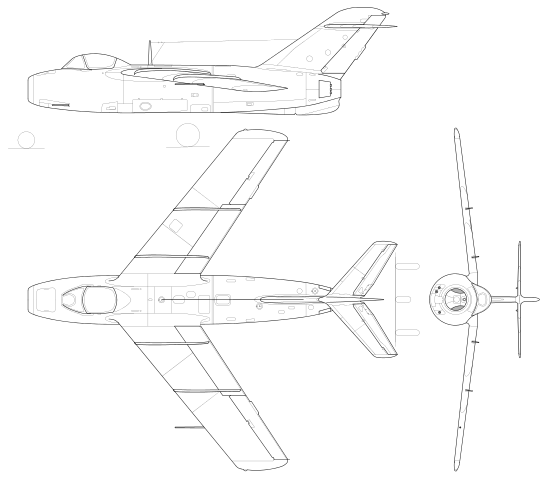
Design
The plane had a barrel-like fuselage, the Klimov RD-500 (Derwent) engine was placed behind the pilot, and it had with shoulder-mounted swept wings with 6 degrees anhedral and a characteristic T-tail. It became popular with pilots because of its easy handling and pressurized cockpit. It was equally popular with ground crews as being reliable. However official enthusiasm was not that high, since the La-15 was basically much more complex to built compared to the MiG-15 requiring complicated and expensive production tooling and highly skilled workers. In the end, total production only reached 235 La-15s. They only served with the Soviet Air Force until 1953. A far cry from the Mig-15.
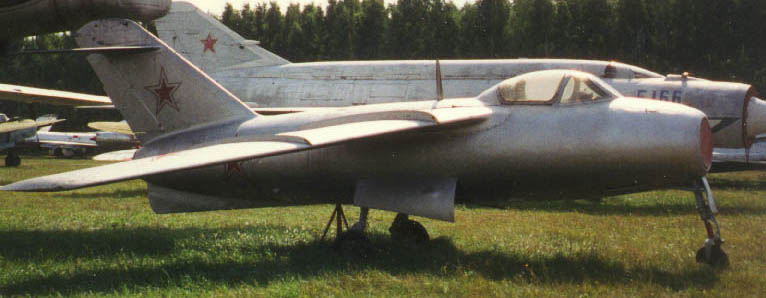
Operational History
A stated above, the La-15 only served for three little years. Production started in 1949 and went on in 1951, but it was tested operationally by the 192nd Fighter Wing at Kubinka in March 1949. It was directed to front-line combat units but this was accompanied by numerous accidents, which aggravated its case for the top brass although this was also the case for the MiG-15. In the end, the Soviet doctrine about ease of production being paramount, the development of this alternative fighter was killed and all the green lights were given to the MiG-15.
The Soviet authorities therefore stopped production, but the La-15s already in service were disarmed by 1953. Some apparently never even flew. Their engines were dismounted and reused in the massive KS-1 Komet air-to-surface missile while the emptied planes were expended as nuclear bomb tests fodder. Of course the La-15 was never use in Korea and quickly faded into history and the unlucky MiG-15 rival.
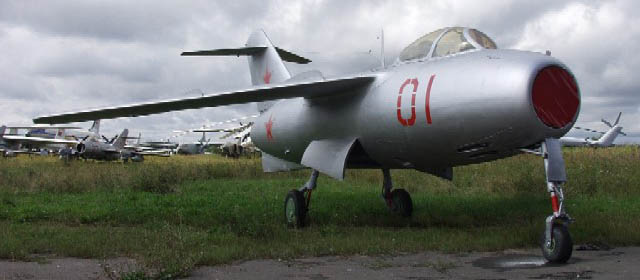
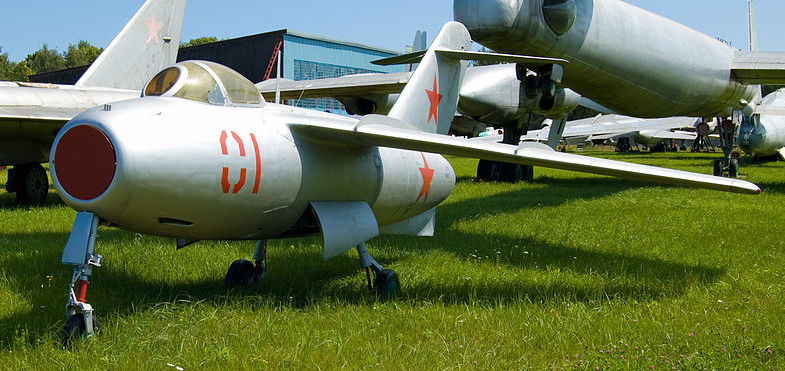
Variants
- Aircraft 174/174D: First and second prototypes with the Klimov RD-500 engine
- Aircraft 180: It was a planned trainer, two-seat conversion intended designation La-15UTI, that was dropped when the La-15 development was stopped as a whole.
Specs
| Dimensions | To come |
| Weight | 2,575 kg (5,677 lb)/3,850 kg (8,488 lb) |
| Engine | Klimov RD-500 centrifugal compressor turbojet, 15.59 kN (3,500 lbf) thrust, Fuel capacity: 1,060l (233.2Imp Gal), Wing loading: 238 kg/m2 (49 lb/sq ft), Thrust/weight: 1:2.4 |
| Performances | 1,007 km/h (626 mph; 544 kn) at 8,000m (26,350ft), Range: 1,145 km (711 mi; 618 nmi) at 10,000m (32,810ft), Service ceiling: 13,500 m (44,300 ft), Rate of climb: 31.7 m/s (6,240 ft/min), Time to altitude: 5,000m (16,400ft) in 3.1min, 10,000m (32,180ft) in 9min |

Development of Soviet Naval Aviation in the 1950s
To attack surface ships at long ranges, the Soviet Navy was unique in deploying large numbers of bombers in a maritime role, developed by the late 1950s under Kruchtchev and when the The Kiev class aircraft carriers were deployed in the late 1970s with 30 aircraft aboard, including Yak-38 VTOL fighters, this capability was ported over even farther theaters. For the first time, a projection of power did not needed land based. The Admiral Kuznetsov class supported more conventional aircraft such as the Su-33 "Flanker-D" and the MiG-29 "Fulcrum".But the land-based aircraft component was never forgotten and "old birds" such as the Tupolev Tu-16 "Badger" and Tu-142 Bear-F (based on the the Tu-16) saw the addition of the supersonic Tu-22M "Backfire" bombers equipped high-speed anti-ship missiles. NATO believed at first they were interceptors for its supply convoys traveling sea lines across the North Atlantic Ocean but their true primary role was to protect the mainland from attacks U.S. carrier task forces attacked in depth.
The last commander of Soviet Naval Aviation, Colonel-General Viktor Pavlovich Potapov was appointed in 1988 but after the dissolution of the Soviet Union in 1991, these assets were inherited by successor states' forces, notably Ukraine whereas Crimea returned in 2014 under Russian control and with it, the vital black sea fleet.
Aircraft and helicopters
The Soviet naval aviation developed a land-based medium to short range bomber branch, used for bombing and torpedoing ships in the 1950s: the Tupolev Tu-14 Bosun, Ilyushin Il-28 Beagle and long-range Myasishchev M-4 Bison, but also webnt on with its flying boat evolution with the Beriev Be-6 Madge and Beriev Be-10 Mallow. The new kids on the block were of course helicopters, namely the Kamov Ka-10 Hat, Kamov Ka-15 Hen, Kamov Ka-18 Hog and Mil Mi-4 Hound (mostly for assaults).Radical changes of the 1960-70s
(to come)The 1980s: A golden decade for naval aviation
(to come)Soviet Naval Aviation in 1990:
Ship based aircraft
79 strike fighters: Yakovlev Yak-38219 naval helicopters: 113 Kamov Ka-25, 106 Kamov Ka-27
Shore based aircraft
269 bombers: 129 Tupolev Tu-22M, 125 Tupolev Tu-16, 15 Tupolev Tu-22198 attack aircraft: 97 Sukhoi Su-17, 101 Sukhoi Su-24
90 Anti-submarine warfare aircraft: 50 Tupolev Tu-142, 40 Ilyushin Il-38
65 reconnaissance aircraft: 50 Tupolev Tu-16, 15 Antonov An-12
45 electronic-warfare aircraft: 10 Tupolev Tu-22, 20 Tupolev Tu-95, 15 Sukhoi Su-24
90 seaplanes Beriev Be-12
118 anti-submarine warfare helicopters Mil Mi-14
40 refueling aircraft Tupolev Tu-16 N and Z
c60 Amphibious assault/ASW heavy helicopters Mil Mi-8
c80 Ilyushin Il-18 (reserve bombers)
Soviet Naval Aircraft (shorts)

Tupolev Tu -16-К-10-26 ' Soviet naval missile carrier with KSR-5 cruise missile, 1980s
(In redaction)
Soviet Naval Helicopters
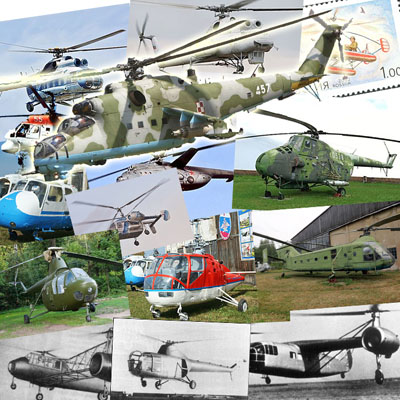 Considerable budgets were allocated to design bureaus, of which two main manufacturers emerged as world's champions, by production end exports: Mil and Kamov, with Yakovlev as challenger. So the landscape of Soviet manufacturers was reduced, but not the amazing qualities of the model developed over 50 years. Like in other areas, Soviet authorities favored bold approaches and innovative, risky solutions, or pushed the limits as far as possible. With the Mi-6, Mi-10 (crane), two-stage and rotors Mi-12, or Mi-26 all broke all records and kept them until today. This was largely also a question of prestige, something the aircraft industry was always keen to put forward and be instrumentalized in USSR since 1925. Other aspects led to military records as well. When released, the Mi-24 "Hind" was arguably the fastest and best armed helicopter in the world, while the Mi-8 "Hip" stays to this day the most produced in history or the Kamov "Hokum", the most agile.
Considerable budgets were allocated to design bureaus, of which two main manufacturers emerged as world's champions, by production end exports: Mil and Kamov, with Yakovlev as challenger. So the landscape of Soviet manufacturers was reduced, but not the amazing qualities of the model developed over 50 years. Like in other areas, Soviet authorities favored bold approaches and innovative, risky solutions, or pushed the limits as far as possible. With the Mi-6, Mi-10 (crane), two-stage and rotors Mi-12, or Mi-26 all broke all records and kept them until today. This was largely also a question of prestige, something the aircraft industry was always keen to put forward and be instrumentalized in USSR since 1925. Other aspects led to military records as well. When released, the Mi-24 "Hind" was arguably the fastest and best armed helicopter in the world, while the Mi-8 "Hip" stays to this day the most produced in history or the Kamov "Hokum", the most agile.
 Kamov
Kamov
Kamov helicopters: All the models and users: Soviet Union Army and Navy Kamov Helicopters models and variants used by the Warsaw Pact and friendly nations. Kamov was founded by Nikolai Ilyich Kamov, which already produced his first rotary-wing model in 1929 with N. K. Skrzhinskii. The plant was created in 1940, and built autogyros for a possible military use, which became evetually the TsAGI A-7-3, only armed autogyro to combat action, in small numbers. Kamov went on producing many models in the cold war, all using its trademark twin tandem contrarotary rotors, which had pros and cons. Less popular than Mil, Kamov concentrated on providing the Soviet Navy. In 2002, the company was purchased by AFK Sistema (51% stake), MiG controlling the other hald, but Kamov was sold in 2005 and does not exist anymore but by name. It was merged with Mil and Rostvertol, the consortium now known as Russian Helicopters. Kamov HelicoptersAll known Kamov models:
- KaSkr-I Gyrocraft 1929, first Soviet autogyro (Kamov and Skrzhinskii), Based on Cierva model.
- KaSkr-II Gyrocraft 1930, re-engined KASKR-I, Gnome-Rhone Titan engine.
- TsAGI A-7 1934 - An autogyro primarily used for observation duties.
- Ka-8 Irkutyanin 1947 - single seat helicopter, 5 built
- Ka-9: Ka-8 used at Plant No.3 for testing, testing a two-blade rotors with stabilizing device.
- Ka-10 "Hat" (1950): Single-seat observation helicopter.
- Ka-11: Small single-seat helicopter
- Ka-12: Multi-purpose nine-seat helicopter
- Ka-14: Light multipurpose helicopter
- Ka-15 "Hen" (1952): Two-seat utility helicopter. 375 built.
- Ka-18 "HOG" (1955): Larger fuselage, 280 hp Ivchenko AI-14VF engine, carry 4 passengers. 200 built.
- Ka-20 "Harp" (1958): Twin-engine ASW helicopter prototype.
- Ka-22 Vintokryl "Hoop" (1959): Experimental rotor-winged transport aircraft.
- Ka-25 "Hormone" (1961): Standard Naval helicopter. circa 460 built
- Ka-26 "Hoodlum" (1965): Light utility helicopter. circa 816.
- Ka-27 "Helix" (1974): Main ASW helicopter. circa 6,000.
- Ka-28: Export version of the Ka-27
- Ka-29TB "Helix-B": Assault transport version of the Ka-27
- Ka-31 "Helix" airborne early warning helicopter circa 31 (sub variant Ka-252RLD)
- Ka-32: civilian version of the Ka-27 (production: unknown)
- Ka-34: Heavy rotary-wing aircraft (prototype)
- Ka-35: Heavy jet-powered, early warning radar-carrying model (Prod. unknown)
- Ka-37 (1993): unmanned coaxial helicopter by Daewoo for agricultural tasks.
- Ka-40 (1993): ASW Replacement for the Ka-27, in development.
- Ka-50 Black Shark, NATO "Hokum" (1982) Single-seat attack helicopter. circa 32 built
- Ka-52 Alligator (1997) 2 seat version, 100 built.
- Ka-118 (1985?): NOTAR development, light multirole helicopter
- Ka-126 "Hoodlum-B" (1986): Light utility helicopter, 17 built
- Ka-128: Light utility helicopter prototype
- Ka-56: Ultralight portable helicopter for special forces. More
- Ka-60 Kasatka (1998), Transport/utility helicopter, 2 desmonstrators
- Ka-62 (1990) civilian transport and utility helicopter
- Ka-64 Sky Horse (1993): Naval transport and utility helicopter
- Ka-90, High-speed helicopter project.
- Ka-92, passenger helicopter
- Ka-137, 1990s - Unmanned drone/unmanned multipurpose helicopter
- Ka-115 Moskvichka 1990, light multi-purpose helicopter
- Ka-226 "Sergei" 1990s, small, twin-engined utility helicopter
- V-50 1960s, high-speed assault helicopter project with tandem rotors. Cancelled.
- V-60 1980s light scout and escort helicopter
- V-80 1970s design studies for an attack helicopter
- V-100 1980s, Twin-rotor combat helicopter project
Ka-10 "Hat" (1950)
(To come)Ka-15 "Hen" (1952)
(To come)Ka-15 "Hen" (1952)
(To come)Ka-18 "HOG" (1955)
(To come)Ka-25 "Hormone" (1961)
(To come)Ka-26 "Hoodlum" (1965)
(To come)Ka-27 "Helix" (1974)
(To come)Ka-50 Black Shark "Hokum" (1986)
(To come)Kamov Ka-52 Alligator (1997)
(To come)Mil Helicopters
 Mikhail Leontyevich Mil was born 22 November 1909 to a Jewish family in Irkutsk (Siberia). He became a prominent Russian aerospace engineer and scientist, founder and general designer of the Mil Moscow Helicopter Plant. At just 12 Mil he won the first prize in a model glider competition and in 1926 studied at the Siberian Technological Institute in Tomsk and was by 1928 in the Don Polytechnical Institute in Novocherkassk, come out graduated in 1931, and started career at TsAGI, specialised in the design of autogyros and an assistant to Nikolay Kamov. During WW2 he fought in the Red Army but by 1943 was called back to resume his prewar R&D in aviation, working on improving stability and control and by 1947 headed the Helicopter Lab at TsAGI (future plant).
Mikhail Leontyevich Mil was born 22 November 1909 to a Jewish family in Irkutsk (Siberia). He became a prominent Russian aerospace engineer and scientist, founder and general designer of the Mil Moscow Helicopter Plant. At just 12 Mil he won the first prize in a model glider competition and in 1926 studied at the Siberian Technological Institute in Tomsk and was by 1928 in the Don Polytechnical Institute in Novocherkassk, come out graduated in 1931, and started career at TsAGI, specialised in the design of autogyros and an assistant to Nikolay Kamov. During WW2 he fought in the Red Army but by 1943 was called back to resume his prewar R&D in aviation, working on improving stability and control and by 1947 headed the Helicopter Lab at TsAGI (future plant).Mil's helicopters became the suff of legend. He won many domestic and international awards, setting 69 world records. He passed out in 1970, while the Mi-12 won the Sikorsky Prize in 1971, as the most powerful helicopter in the world, and personally enjoyed great prestige contrary to Kamov. Mil models not only were massively exported (out of the Warswa pact), but some were feared by NATO which had no equivalents (like the Mi-6/Mi-26 and Mi-24). See all Mil helicopters
- Mil Mi-1 (1948) - Light multi purpose helicopter. NATO Hare
- Mil Mi-2 (1965) - Light multi purpose helicopter. NATO Hoplite
- Mil Mi-4 (1955) - Transport and submarine-hunting-helicopter. NATO Hound.
- Mil Mi-6 (1957) - Heavy transportation helicopter. NATO Hook.
- Mil Mi-8 (1961) - Multi-purpose helicopter. NATO Hip.
- Mil Mi-10 (1962) Skycrane. NATO Harke.
- Mil V-12 (1967) - Prototype heavylift helicopter, world's largest. NATO Homer.
- Mil Mi-14 (1978) - ASW helicopter. NATO Haze.
- Mil Mi-17(1974) - Transportation helicopter. NATO Hip-H
- Mil Mi-24 (1978) - Heavy combat helicopter. NATO Hind.
- Mil Mi-26 (1977) - Heavy duty helicopter. NATO Halo.
- Mil Mi-28 (1984) - Combat helicopter. NATO Havoc.
- Mil Mi-34 (1986) - Light helicopter. NATO Hermit.
- Mil Mi-38 (2000) - multi purpose helicopter (semi-exp.) no NATO classification
 More on Mil.
More on Mil.
Mil Mi-14 (1978)

The Mil Mi-14 (NATO reporting name: “Haze”) is a Soviet amphibious anti-submarine warfare (ASW) helicopter developed in the 1970s by the Mil Moscow Helicopter Plant. It was a navalized derivative of the well-known Mil Mi-8 “Hip”, adapted for maritime operations — including anti-submarine warfare, search and rescue (SAR), and mine countermeasures. First flight was in 1967 for the prototype but it only entered service in 1978. It was also exported to Poland, Bulgaria and Ukraine. NATO reporting name was "Haze". Crew was 4: pilot, co-pilot/navigator, tactical systems operator, flight engineer.
The Mi-14 was based on the Mi-8, but heavily modified for maritime use. Its key feature was a boat-shaped watertight hull, enabling it to land and float on water — something the Mi-8 could not do. Other major design differences include: Retractable tricycle landing gear that folds into the fuselage sides and nose. A revised hull bottom designed as a hydrodynamic step hull for water landings. A tail stabilizing fin for improved low-altitude handling over water. ASW systems integrated into the airframe, such as sonar and radar.
Specs
Length 25.24 m (82 ft 10 in), Height 6.93 m (22 ft 9 in), Main rotor diameter 21.29 m (69 ft 10 in)
Max takeoff weight 14,500 kg (31,967 lb)
Powerplant: 2 × Klimov TV3-117MT turboshafts (2,200 hp each): 230 km/h (143 mph) top, 210 km/h (130 mph) cruise
Range: 1,130 km (700 mi) with external fuel tanks, service ceiling 4,000 m (13,120 ft), 5 hours endurance max.
 Yakovlev
Yakovlev
One of the most prominent Soviet aircraft manufacturers, Alexander Sergeyevich Yakovlev started as a design bureau in 1934, OKB-115. It was located at the facility No.115, but its frirst model flew on 12 May 1927, this was the AIR-1 aircraft developed by the Department of Light Aircraft (GUAP) under his supervision. During WW2, he concentrated on Fighters and the latter were mass-produced, mostly responsible for the destruction of the luftwaffe and winning the war. During the cold war and up to 2004, the company went on delivering mostly heavy fighter bombers, like the Su-27 and derivatives. However the company also produced helicopters, although this chapter is little known. Irkut acquired Yakovlev in April 2004 and it was marged by force with Mikoyan, Ilyushin, Irkut, Sukhoi and Tupolev in the 2006 United Aircraft Building Corporation.A few models:
- Yakovlev EG (1947) Experimental light helicopter
- Yak-100/Yak-22 (1948) Experimental medium transport helicopter
- Yak-24 (1952) 2-rotors Transport helicopter. NATO Horse
- Yak 60: Giant Competitor of the Mi-12 (unbuilt)
- Yakovlev VVP-6: Giant 50 m long, 6 rotors SAM armed project
Army 'Banana' from Yakovlev

The Yakovlev Yak-24 (NATO reporting name: "Horse") was a Soviet twin-rotor transport helicopter developed in the early 1950s by the Yakovlev Design Bureau. It was notable for being the first Soviet tandem-rotor (longitudinal) helicopter, similar in configuration to the American Piasecki H-21 "Flying Banana". It first flew on 3 July 1952, entered service in 1955 but had a limited production. In fact the Yakovlev Design Bureau made very few helicopter and no naval models, albeit it competed at some occasions. This medium-lift transport helicopter for troops, vehicles, and cargo was developed to meet a Soviet Air Force requirement for a helicopter capable of transporting large payloads or up to 40 soldiers. To achieve this, Yakovlev engineers adopted a tandem rotor layout, which was relatively rare in the USSR at that time but provided excellent lift and stability for large loads.
The Yak-24 entered limited service with the Soviet Air Force in the mid-1950s. It could transport troops or vehicles (such as jeeps or artillery), perform medical evacuation missions, conduct cargo supply operations to remote areas. But despite its impressive payload, the Yak-24 suffered from vibration problems, mechanical unreliability, and complex maintenance requirements. Only around 40–50 units were built before it was replaced by the Mil Mi-6 and Mil Mi-8, which were more reliable and efficient.
The Yak-24U was an improved version with stronger engines, larger fuselage, and enhanced aerodynamics. Not a major success, the Yak-24 was technologically important for the Soviet helicopter industry, proving that large tandem-rotor helicopters were viable and the experience gained helped in the design of later heavy-lift helicopters, like the Mil Mi-6. It was never used for naval purposes otherwise than in exercises. Naval Helicopter realm was soldily in the hands of Kamov, with a timid entry of Mil, that progressed in the 1990s.
Tactical and technical characteristics
Crew - 3: Pilot, Copilot, radio/Mechanic-Passengers: 30-40 depending on the version, 12 stretchers or 3,000 kg (6,600 lb) cargo
-Propulsion: 2 × Shvetsov ASh-82V radial engines, 1,700 hp each.
-Rotor diameter: 21 m.
-Fuselage length: 21.3 m (69 ft 11 in).
-Fuselage height: 5.4 m (17 ft 9 in).
-Maximum takeoff weight: 16,800 kg.
-Dry weight: 11,900 kg.
-Top speed: 175 km/h service, 200 km/h (124 mph) on trials
-Ceiling: 4200 m to 5,000 m (16,400 ft)
-Flight range: 250 km (155 mi) service, 266 km trials.
Read More/Src
Books
Over Cold War Seas: NATO and Soviet Naval Aviation, 1949-89 by Michael Napier — A dedicated study of naval aviation (fixed-wing and helicopters) in the Cold War from 1949-1989, covering both NATO and Soviet/Warsaw Pact fleets.Soviet Air Power by Kenneth Whiting — Not purely naval, but includes a section on Soviet Naval Aviation and gives broader context of Soviet air power.
Soviet Aviation and Air Power: A Historical View by Robin Higham & Jacob W. Kipp — A historical survey of Soviet aviation including post-WWII development (helps situate naval aviation in context), Routledge
Soviet Air Power of the Cold War by Michael Green — An illustrated survey which includes naval aviation as part of the broader Soviet air power picture.
USNI Proceedings archives — “Soviet Naval Aviation” (1961) and related articles, U.S. Naval Institute
Monographs on Soviet naval strategy: Bastion concept (Naval War College, USMC/MCU papers) about protecting SSBNs, operational logic behind fleet/air deployments at the United States Marine Corps University
Technical/platform books: Works on Tu-22M, Il-38, Ka-27 and Soviet carriers (Kiev/Kuznetsov) for the “tools” used by doctrine (Naval-encyclopedia, specialized platform monographs).
Soviet naval papers and fleet regulations (archived in Western libraries) discussing operational doctrine and fleet exercises.
Western naval intel. assessments 1970s–80s (USN/USAF analyses) for doctrinal thinking with contemporaneous judgments.
Links ("Sovetskaya morskaya aviatsiya")
en.wikipedia.orgwww.ww2.dk
Soviet Naval Aviation (Aviatzia VMF) 2001
globalsecurity.org
THE SOVIET NAVAL AIR FORCES, F.D. Kennedy Jr. declassifed CNA report
jstor.org Aircraft Carrier Development in Soviet Naval Theory, Charles C. Petersen, Nav. War College
DEVELOPMENT OF SOVIET MARITIME POWER by Nicholas George Shadrin
armedman.ru
noo-journal.ru
Aerofax Tupolev Tu-16 Badger
usmcu.edu On contested Shores, vol.2. Friedman and Mills
- Lohner E (1913)
- Macchi M3 (1916)
- Macchi M5 (1918)
- Ansaldo ISVA (1918)
- Sopwith Baby (1916)
- Short 184 (1916)
- Fairey Campania (1917)
- Sopwith Cuckoo (1917)
- Felixstowe F.2 (1917)
- Friedrichshafen FF 33 (1916)
- Albatros W4 (1916)
- Albatros W8 (1918)
- Hanriot HD.2
- Grigorovitch M5
- IJN Farman MF.7
- IJN Yokosho Type Mo
- Yokosho Rogou Kougata (1917)
- Yokosuka Igo-Ko (1920)
- Curtiss N9 (1916)
- Aeromarine 39
- Vought VE-7
- Douglas DT (1921)
- Boeing FB.5 (1923)
- Boeing F4B (1928)
- Vought O2U/O3U Corsair (1928)
- Blackburn Blackburn (1922)
- Supermarine Seagull (1922)
- Blackburn Ripon (1926)
- Fairey IIIF (1927)
- Fairey Seal (1930)
- LGL-32 C.1 (1927)
- Caspar U1 (1921)
- Dornier Do J Wal (1922)
- Rohrbach R-III (1924)
- Mitsubishi 1MF (1923)
- Mitsubishi B1M (1923)
- Yokosuka E1Y (1923)
- Nakajima A1N (1927)
- Nakajima E2N (1927)
- Mitsubishi B2M (1927)
- Nakajima A4N (1929)
- CANT 18
WW1
✠ K.u.K. Seefliegerkorps:
 Italian Naval Aviation
Italian Naval Aviation
 RNAS
RNAS
 Marineflieger
Marineflieger
 French Naval Aviation
French Naval Aviation
 Russian Naval Aviation
Russian Naval Aviation
 IJN Air Service
IJN Air Service
 USA
USA
Interwar
 Interwar US
Interwar US
 Interwar Britain
Interwar Britain
 Interwar France
Interwar France
 Interwar Germany
Interwar Germany
 Interwar Japan
Interwar Japan
 Interwar Italy
Interwar Italy
- Curtiss SOC seagull (1934)
- Grumman FF (1931)
- Curtiss F11C Goshawk (1932)
- Grumman F2F (1933)
- Grumman F3F (1935)
- Northrop BT-1 (1935)
- Grumman J2F Duck (1936)
- Consolidated PBY Catalina (1935)
- Brewster/NAF SBN-1 (1936)
- Curtiss SBC Helldiver (1936)
- Vought SB2U Vindicator (1936)
- Brewster F2A Buffalo (1937)
- Douglas TBD Devastator (1937)
- Vought Kingfisher (1938)
- Curtiss SO3C Seamew (1939)
- Douglas SBD Dauntless (1939)
- Grumman F4F Wildcat (1940)
- F4U Corsair (NE) (1940)
- Brewster SB2A Buccaneer (1941)
- Grumman TBF/TBM Avenger (1941)
- Consolidated TBY Sea Wolf (1941)
- Grumman F6F Hellcat (1942)
- Curtiss SB2C Helldiver (1942)
- Curtiss SC Seahawk (1944)
- Grumman F8F Bearcat (1944)
- Ryan FR-1 Fireball (1944)
- Douglas AD-1 Skyraider (1945)
Fleet Air Arm
- Fairey Swordfish (1934)
- Blackburn Shark (1934)
- Supermarine Walrus (1936)
- Fairey Seafox (1936)
- Blackburn Skua (1937)
- Short Sunderland (1937)
- Blackburn Roc (1938)
- Fairey Albacore (1940)
- Fairey Fulmar (1940)
- Grumman Martlet (1941)
- Hawker sea Hurricane (1941)
- Brewster Bermuda (1942)
- Fairey Barracuda (1943)
- Fairey Firefly (1943)
- Grumman Tarpon (1943)
- Grumman Gannet (1943)
- Supermarine seafire (1943)
- Blackburn Firebrand (1944)
- Hawker Sea Fury (1944)
IJN aviation
- Aichi D1A "Susie" (1934)
- Mitsubishi A5M "Claude" (1935)
- Nakajima A4N (1935)
- Yokosuka B4Y "Jean" (1935)
- Mitsubishi G3M "Nell" (1935)
- Nakajima E8N "Dave" (1935)
- Kawanishi E7K "Alf" (1935)
- Nakajima B5N "Kate" (1937)
- Kawanishi H6K "Mavis" (1938)
- Aichi D3A "Val" (1940)
- Mitsubishi A6M "zeke" (1940)
- Nakajima E14Y "Glen" (1941)
- Nakajima B6N "Jill" (1941)
- Mitsubishi F1M "pete" (1941)
- Aichi E13A Reisu "Jake" (1941)
- Kawanishi E15K Shiun "Norm" (1941)
- Nakajima C6N Saiun "Myrt" (1942)
- Yokosuka D4Y "Judy" (1942)
- Kyushu Q1W Tokai "Lorna" (1944)
Luftwaffe
- Arado 196 (1937)
- Me109 T (1938)
- Blohm & Voss 138 Seedrache (1940)
Italian Aviation
- Savoia-Marchetti S.55
- IMAM Ro.43/44
- CANT Z.501 Gabbiano
- CANT Z.506 Airone
- CANT Z.508
- CANT Z.511
French Aeronavale
- GL.300 (1926-39)
- Levasseur PL.5 (1927)
- Potez 452 (1935)
- Loire 210 (1936)
- Loire 130 (1937)
- LN 401 (1938)
Soviet Naval Aviation
- Shavrov SH-2 (1928)
- Tupolev TB-1P (1931)
- Beriev MBR-2 (1930)
- Tupolev MR-6 (1933)
- Tupolev MTB-1 (1934)
- Beriev Be-2 (1936)
- Polikarpov I16 naval (1936)
- Tupolev MTB-2 (1937)
- Ilyushine DB-3T/TP (1937)
- Beriev Be-4 (1940)
-
Skoda Š-328V
R-XIII Idro
Fokker C.XI W (1934)
WW2
- De Havilland Sea Vixen
- Hawker Sea Hawk
- Supermarine Scimitar
- Blackburn Buccaneer
- Hawker Sea Harrier
- Douglas A4 Skyhawk
- Grumman F9F Panther
- Vought F8 Crusader
- McDonnell-Douglas F-4 Phantom-II
- North Am. A5 Vigilante
- TU-142
- Yak 38 forger
☢ Cold War
✧ NATO
 Fleet Air Arm
Fleet Air Arm
 US Navy
US Navy
☭ Warsaw Pact
Merch
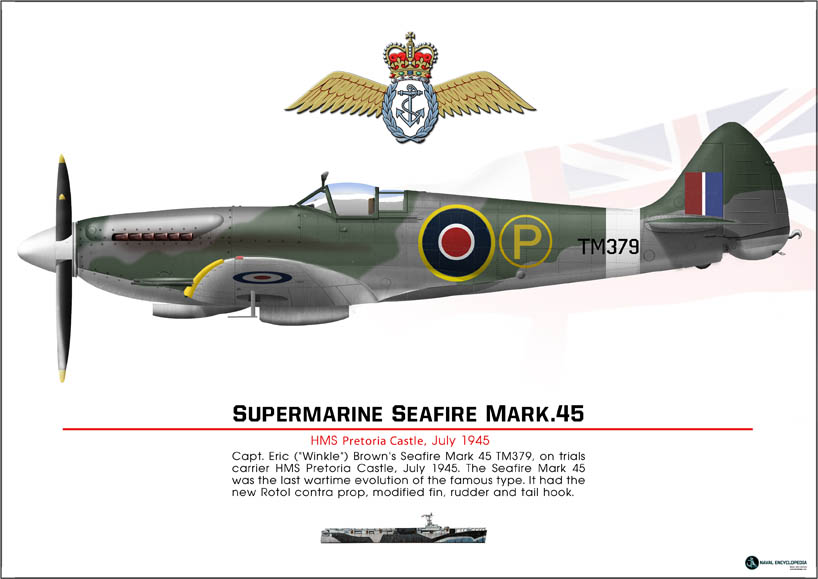
Seafire Mark 45; HMS Pretoria Castle
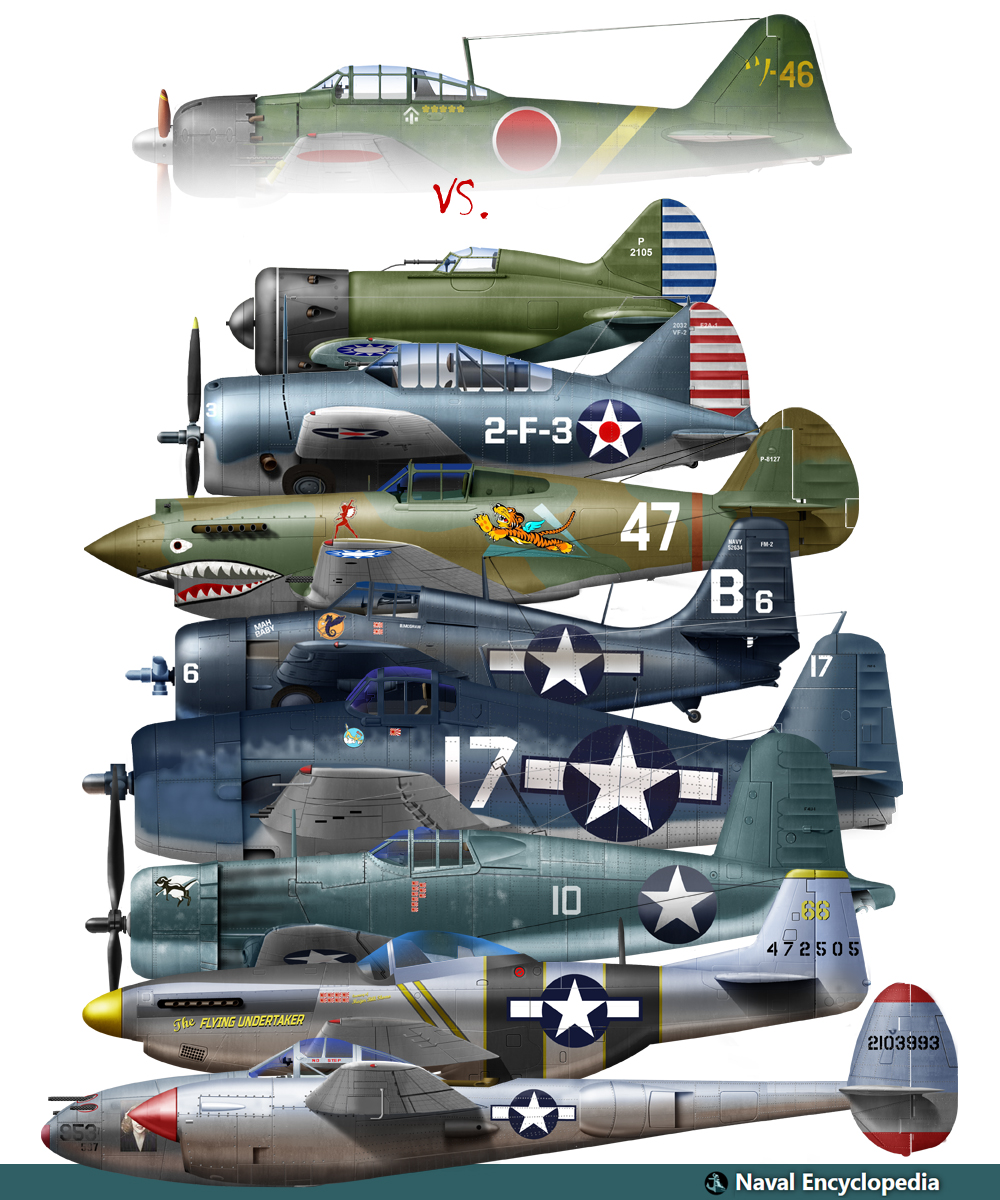
Zeros vs its aversaries
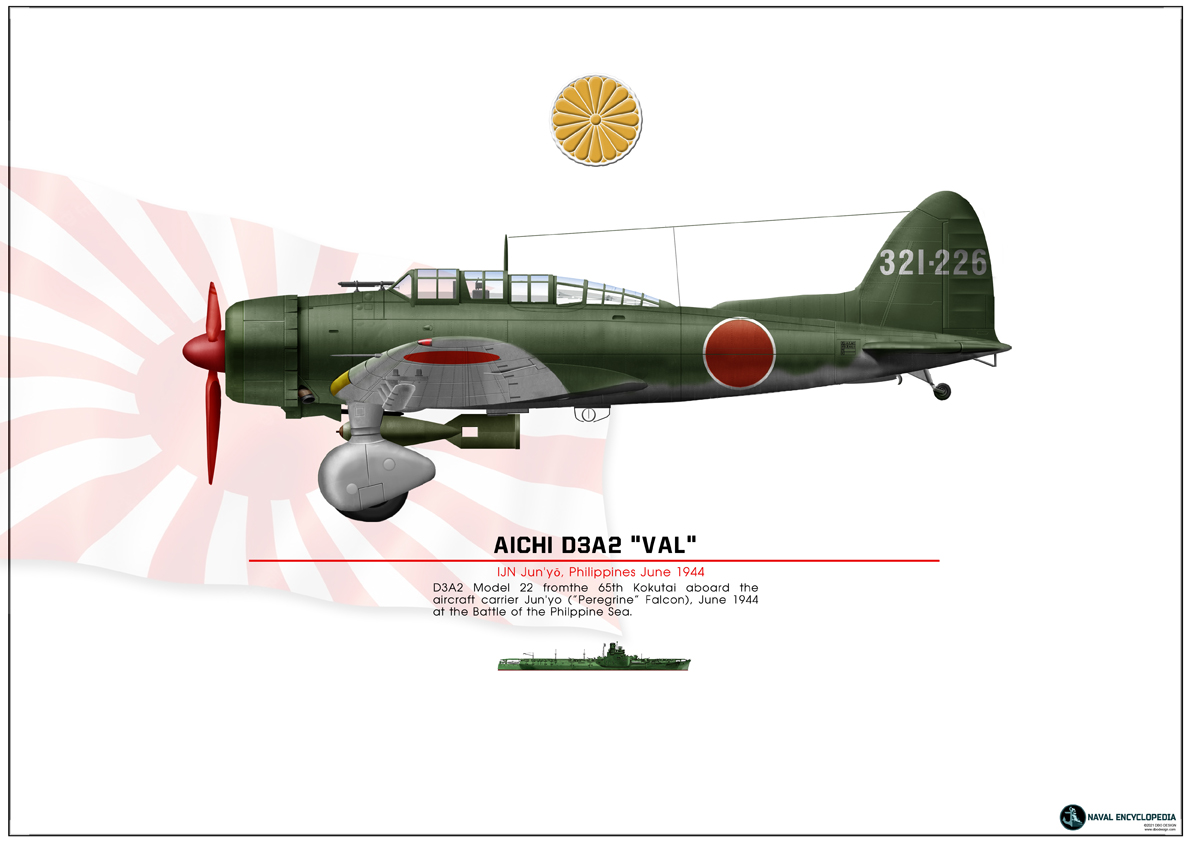
Aichi D3A “Val” Junyo
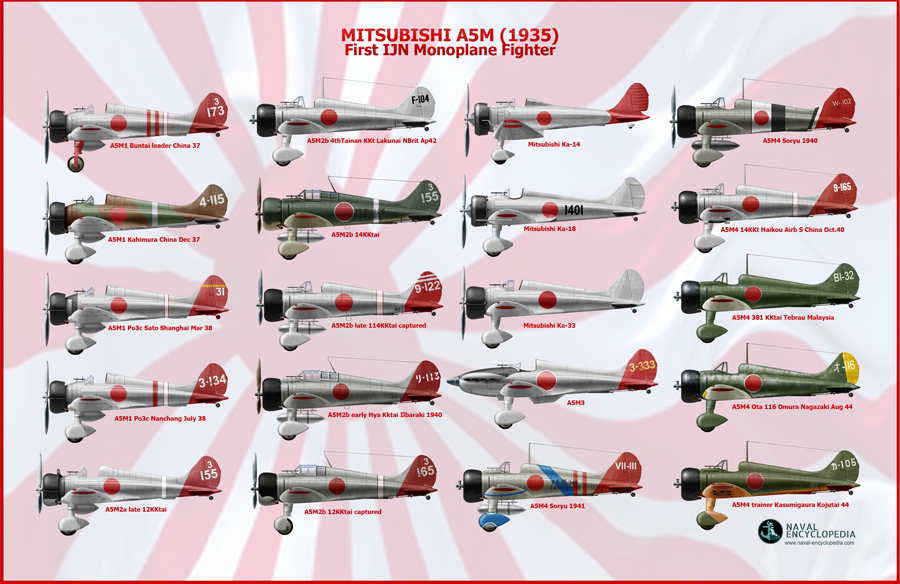
Mitsubishi A5M poster
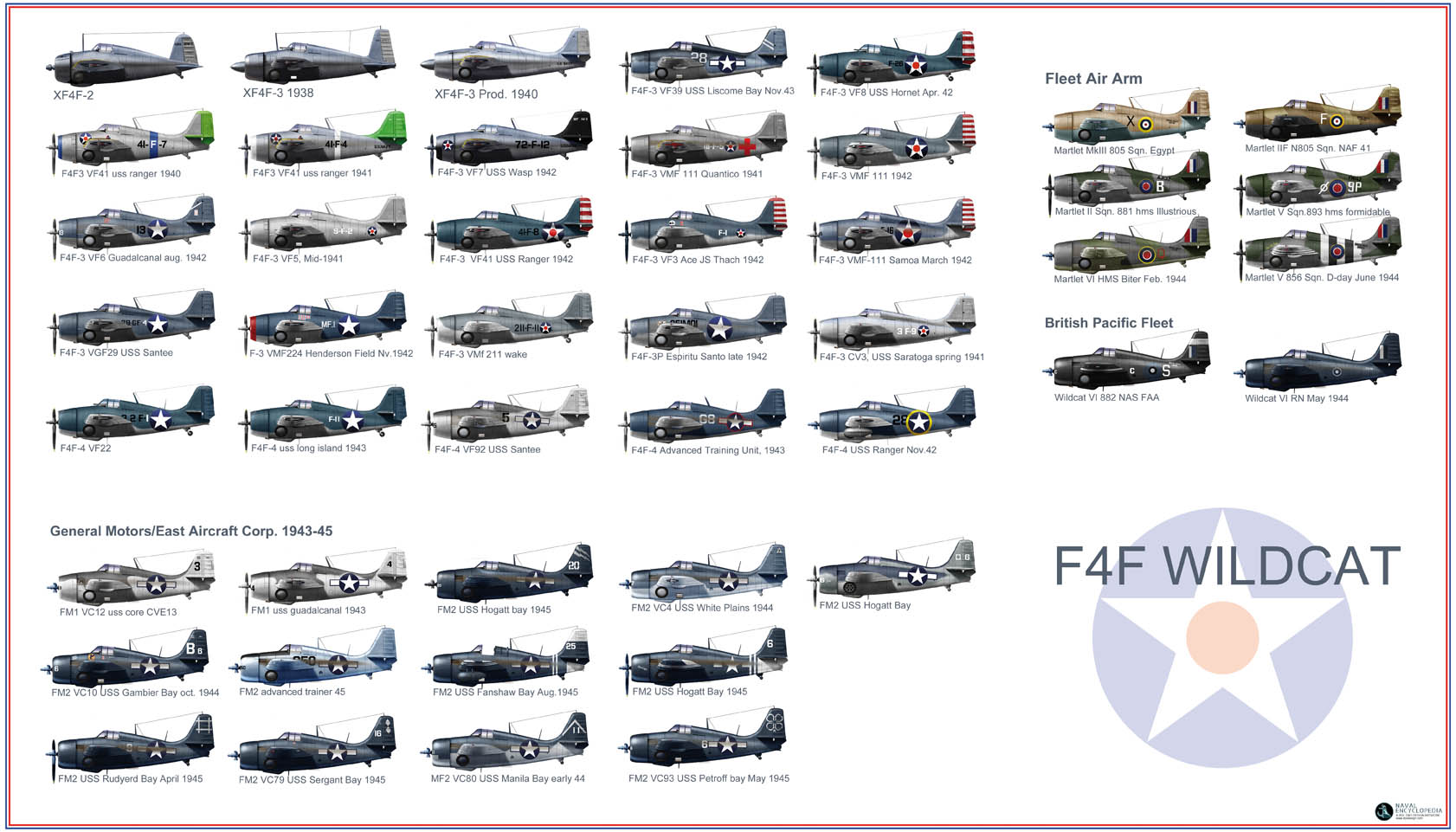
F4F wildcat
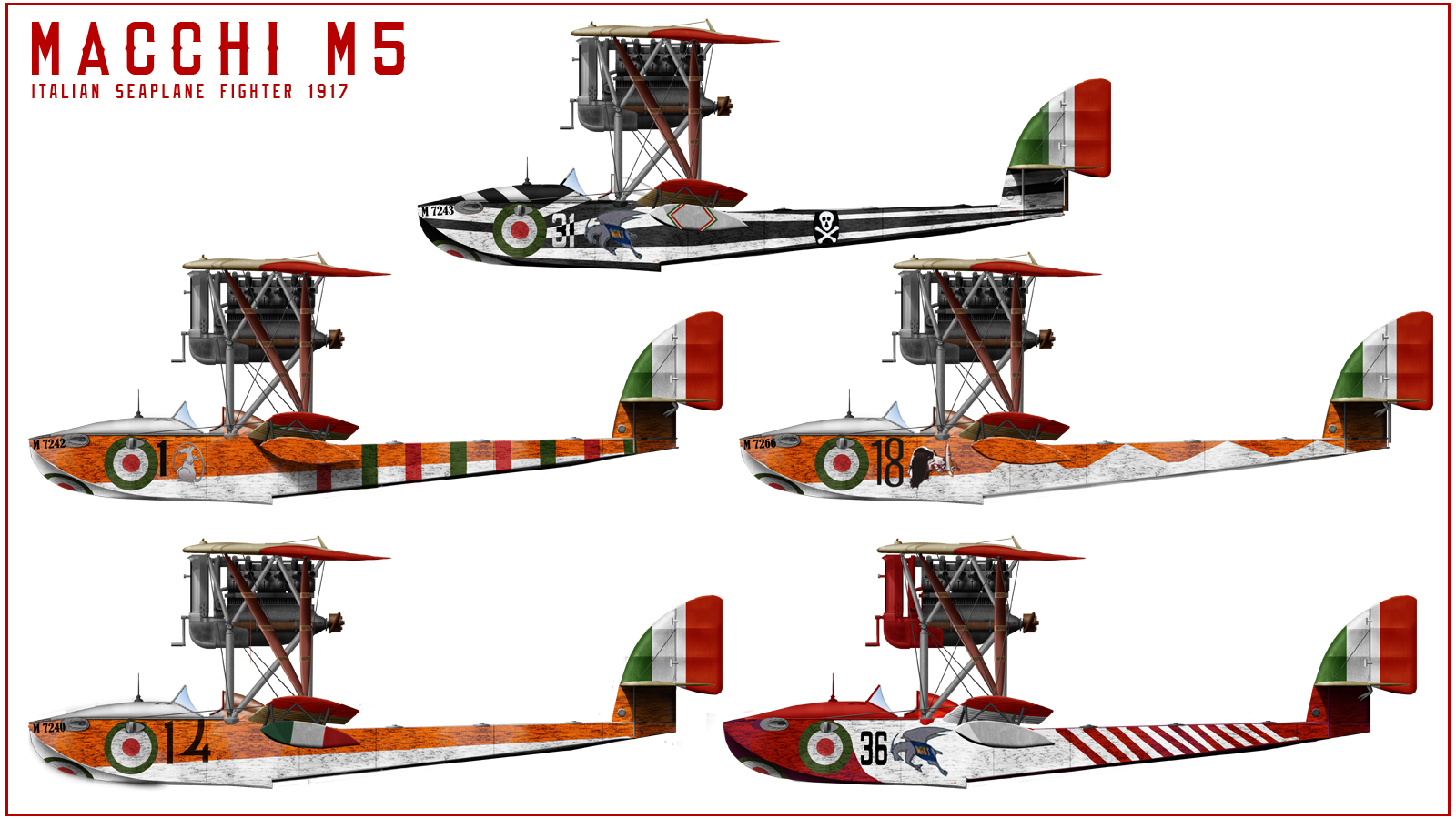
Macchi M5
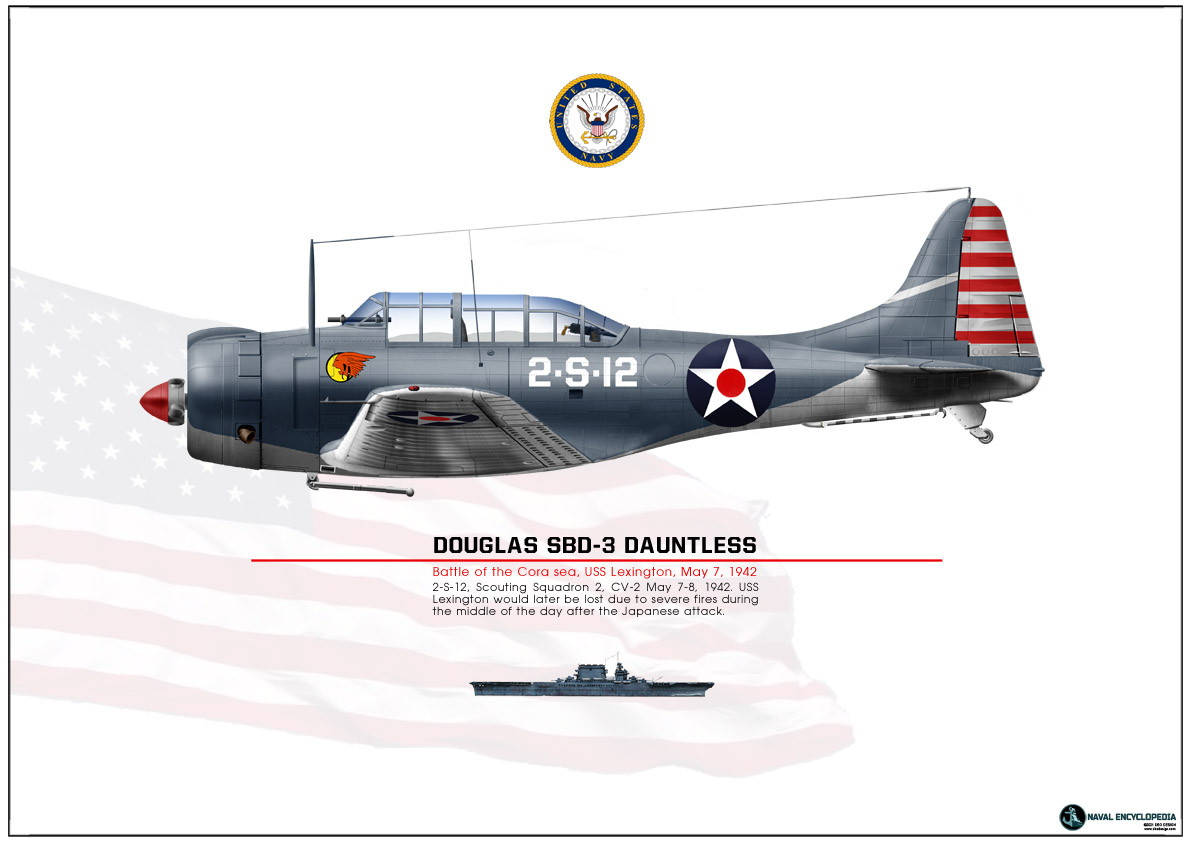
SBD Dauntless Coral Sea
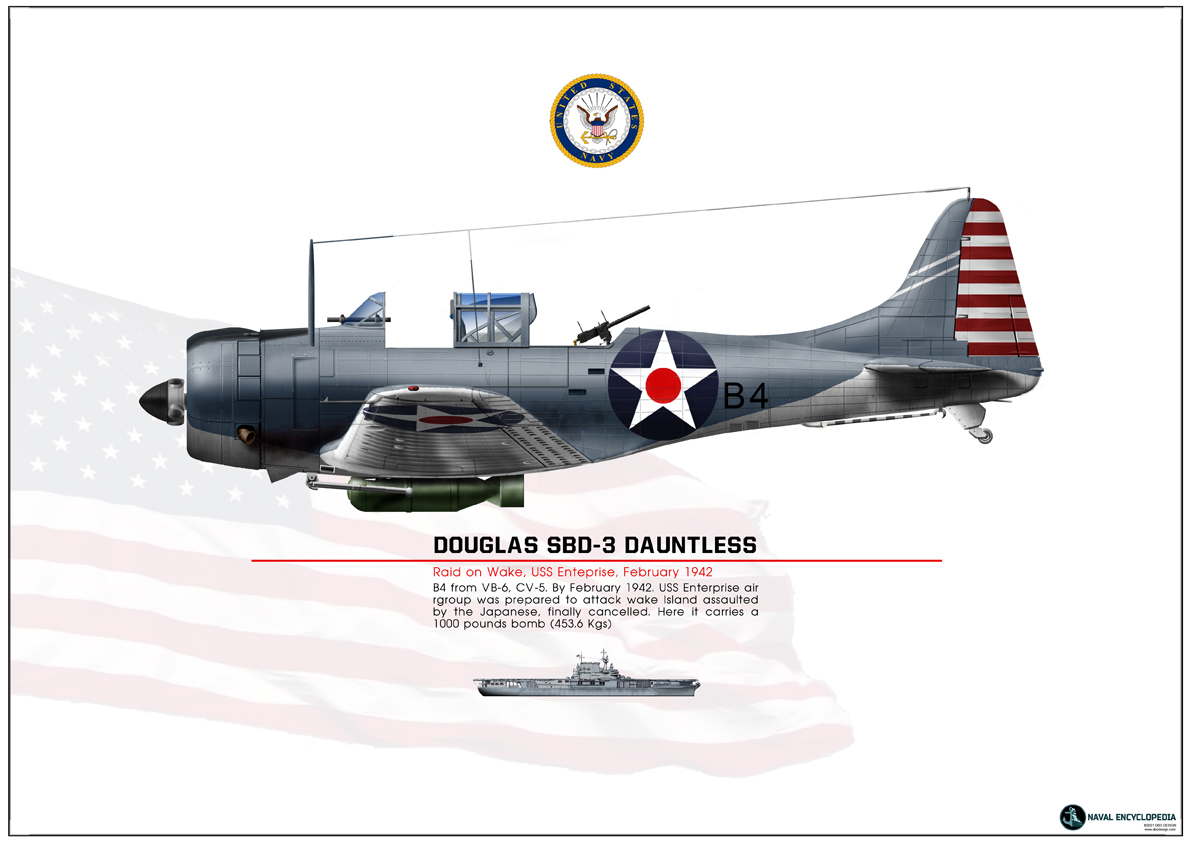
SBD Dauntless USS Enterprise
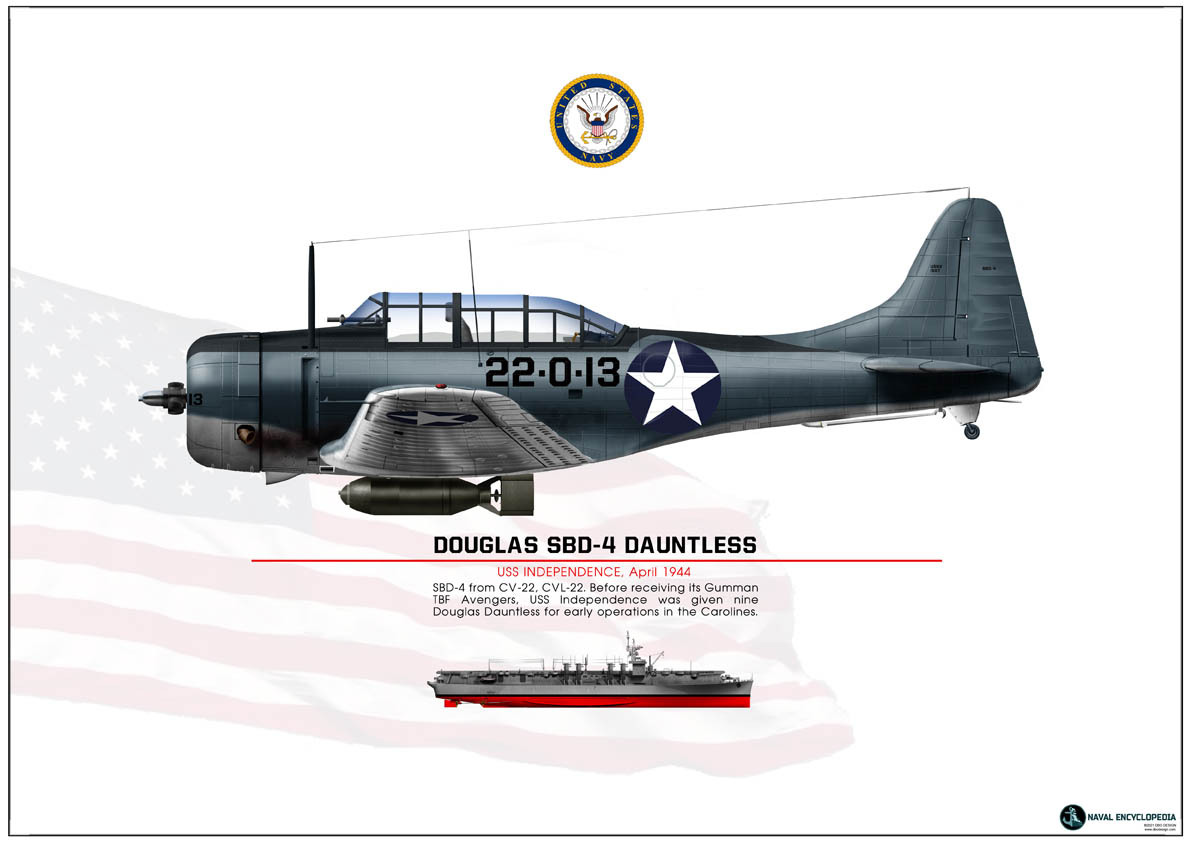
SBD-4 CV22